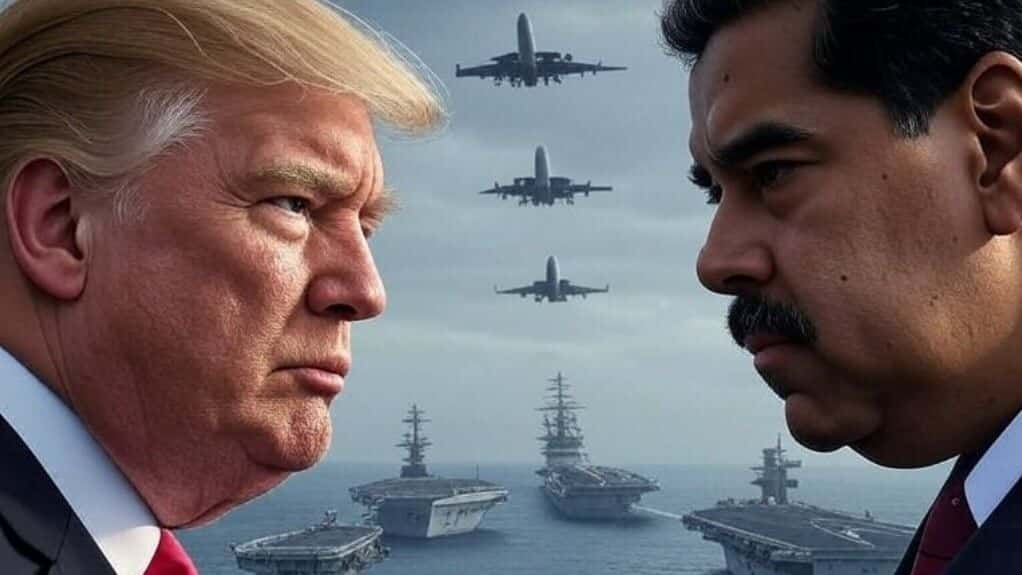Warships, fighter jets, and the CIA: Unveiling Trump’s Venezuela strategy.
Over the past two months, the US military has deployed a fleet of warships, fighter jets, bombers, Marines, drones and spy planes to the Caribbean. Long-range B-52 bombers have conducted “bomber strikes” off the coast of Venezuela.
As tensions between Washington and Caracas rise, US President Donald Trump has also authorized the deployment and operation of CIA forces in Venezuela.
The US claims to have killed dozens of people in attacks on small boats from Venezuela carrying “drugs” and “narco-terrorists”, but has not provided any evidence or details about the identities of the people on board.
The attacks have been widely condemned in the region, and experts have questioned their legal legitimacy. Washington describes the measures as part of its “war on drugs,” but many believe the operation is actually a campaign of intimidation and preparation for the overthrow of Venezuelan President Nicolas Maduro.
Christopher Sabatini, a senior fellow for Latin America at the Chatham House think tank, believes the issue is regime change. They probably don’t intend to launch a ground invasion; they hope to just send a warning message.
He believes the increased military presence is a show of force aimed at “stirring fear” among the Venezuelan armed forces and Maduro’s inner circle so that they might rebel against him.
Maduro accused Washington on Friday of “building a false case against his country” in response to the US military deployment and said he was preparing units to respond to any threat.
“They promised not to go to war again, but now they are building a war that we will prevent,” he said in a televised address. “How? By mobilizing the nations of South America, because all of South America and the Caribbean say in unison: no to war, yes to peace, yes to prosperity, yes to coexistence.” Maduro added: “They are building a ridiculous, ugly, criminal and completely false narrative, and it has already been proven to be false. Venezuela is a country free of coca leaf and cocaine production, and we are trying to completely block the passage of the small 5 percent that comes from Colombia.”

